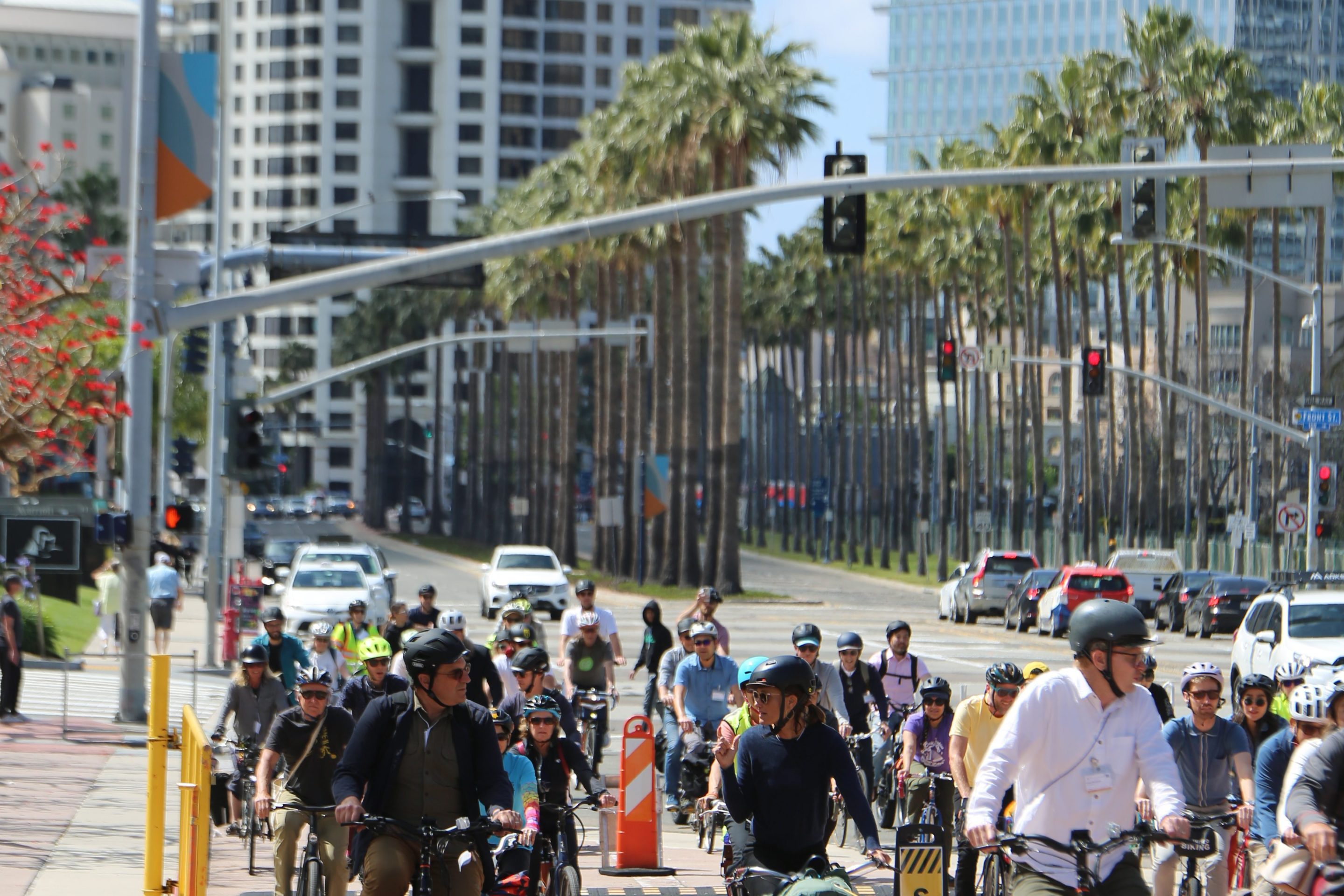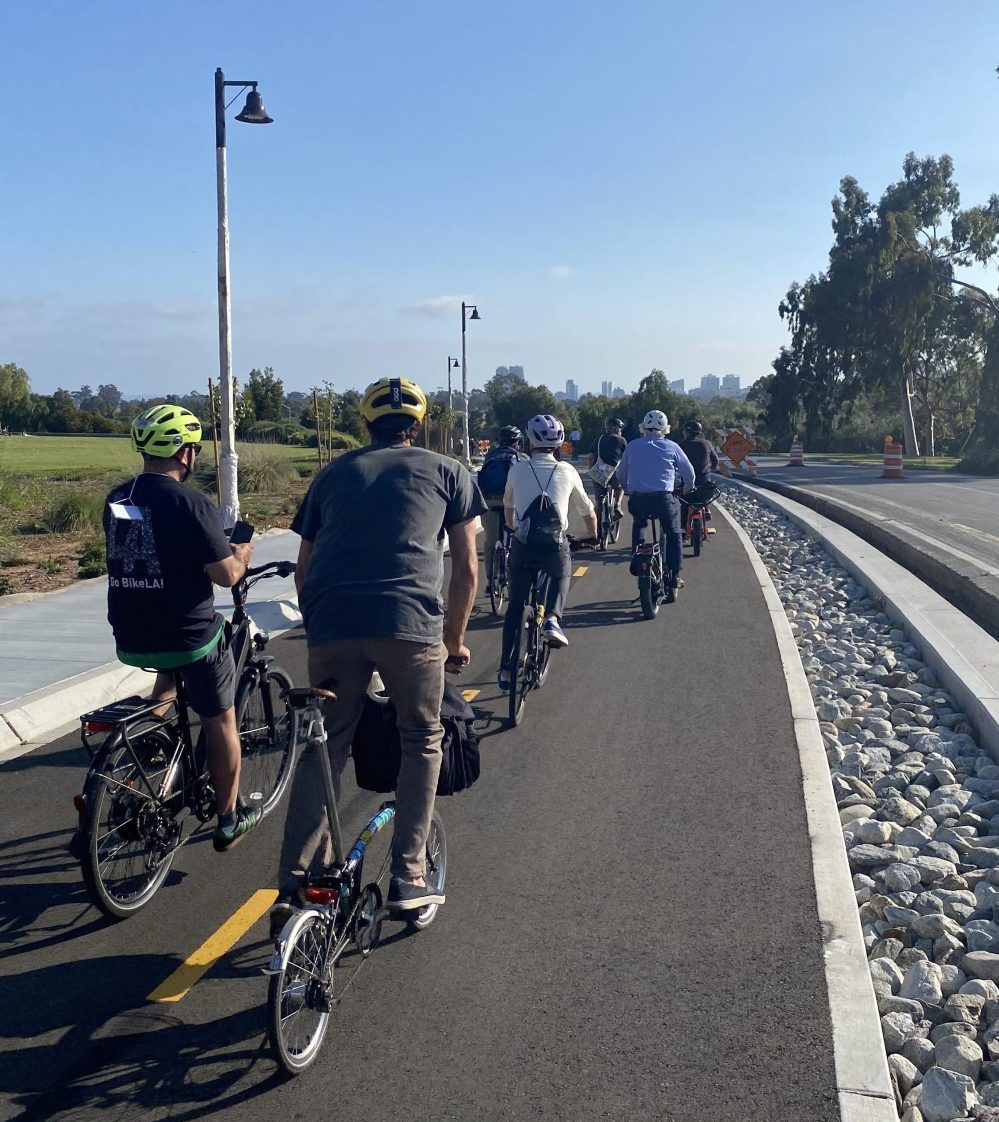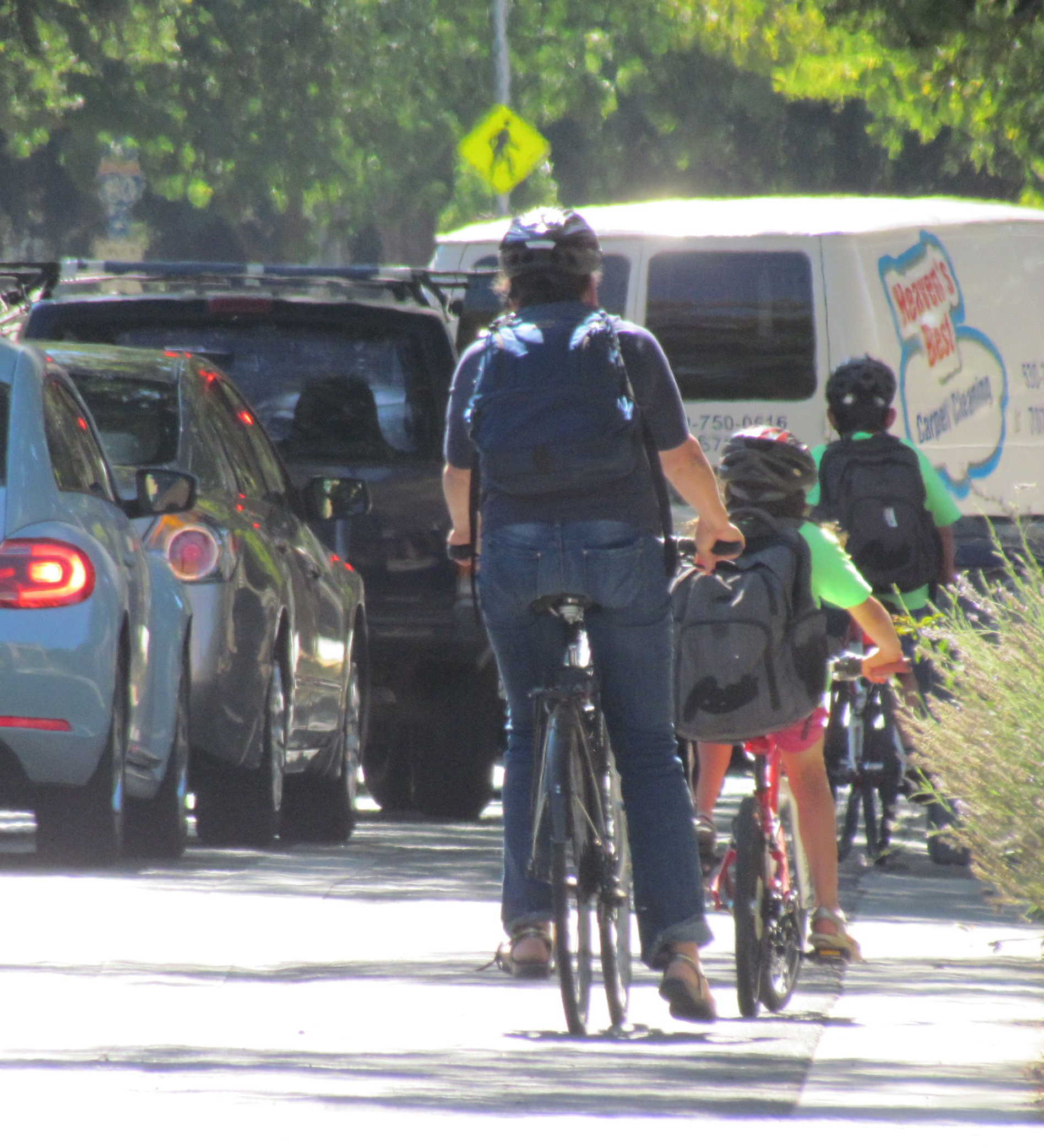Cap-and-Trade May Not Be Working
10:47 AM PDT on September 26, 2016
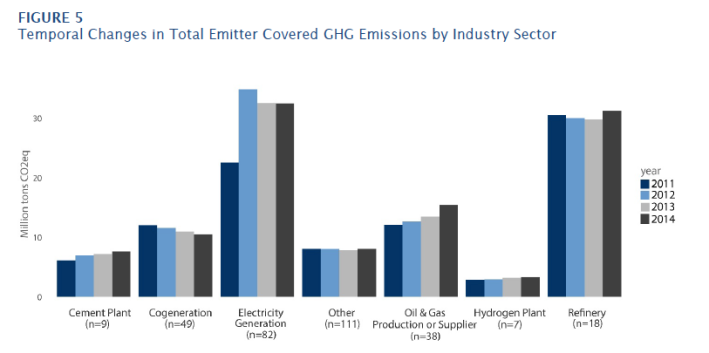
At last week's California Air Resources Board hearing to discuss its plan for meeting climate change goals, the cap-and-trade system that has underpinned much of the state's efforts got raked over the coals. But not by the industries subject to the emissions cap.
Instead, representatives of the communities that are supposed to benefit from investments made possible by money raised by cap and trade asked the board to jettison the program.
Cap and trade, they say, has always been a way for polluters to continue polluting as long as they pay for it. And the harm to communities located near those polluters outweighs any benefits they might get from the money produced by charging them.
Environmental justice advocates have been talking about this for a while, and now there is data backing up their claims. A study by researchers at the University of Southern California and the University of California at Berkeley, A Preliminary Environmental Equity Assessment of California’s Cap-and-Trade Program [PDF], found a tight correlation between the locations of polluting industries and of low-income communities, especially communities of color.
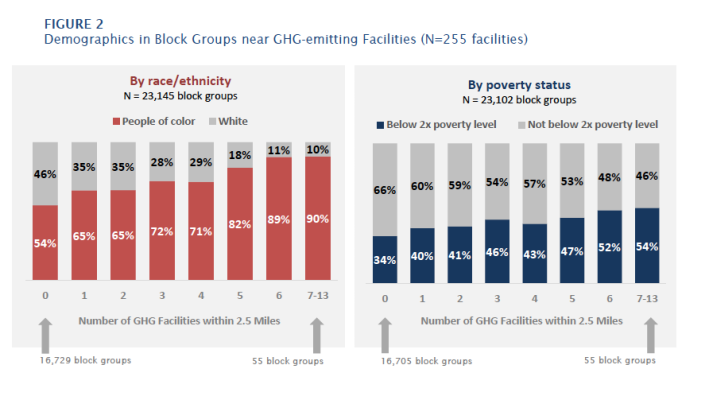
But the study found more. The report says that cap-and-trade has not decreased greenhouse gas emissions, and that in fact the opposite is happening: in several industry sectors subject to the emissions cap, in-state greenhouse gas emissions have actually gone up since the program began.
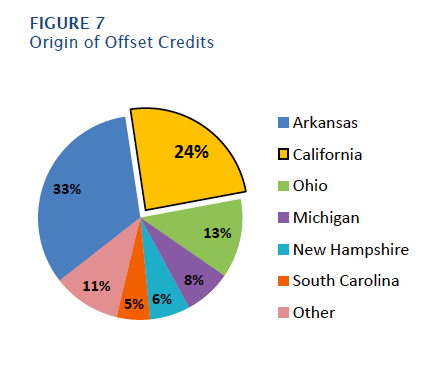
The assessment also found that the highest emitters of pollution tended to buy out-of-state offset credits and use them to meet their emissions cap, rather than reducing their emissions locally.
Cap and trade specifically targets the greenhouse gases that are causing climate change, and yes, those need to be reduce everywhere, not just in California. In that sense out-of-state offsets make sense.
However, the study also found that the companies that emit the most greenhouse gases are the same ones that emit high levels of other serious pollutants like particulate matter, which affect the health of local communities.
In other words, the worst-case scenario seems to be true about cap-and-trade: that polluters who can afford to are continuing to pollute, buying their way out of making actual reductions. And those polluters tend to be located in or near low-income communities that are frequently also communities of color, where their continued emissions of particulate matter and the like are degrading residents' health.
The purpose of Thursday's ARB meeting was to discuss its scoping plan for meeting greenhouse gas emission targets, and to that end staff had prepared a fat report detailing the trade-offs of various adjustments that could be made to the existing cap-and-trade system. It was written before the legislature passed S.B. 32, which extends and deepens the greenhouse gas reduction targets that led to the creation of cap and trade—although ARB staff was working under the assumption that the targets would be extended.
The scoping plan was also written before the environmental equity assessment report was released. That may explain why so little of its 300+ pages—not including appendices—discusses alternatives to cap and trade. The staff report rejects the alternatives out of hand, saying for example that an exclusively regulatory approach is more expensive than the cap-and-trade system.
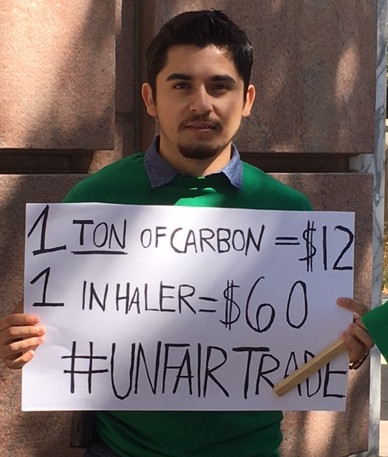
Almost two hours of public testimony included passionate statements from people who had come from Central Valley towns like Arvin and Delano to describe the impacts on their communities from climate change and air pollution. “It's nice in your air-conditioned offices,” said one woman, “but when you're working outside in the heat, and by the end of the day you can't breathe, it's a different story.”
“How many people have to die before your eyes are opened?” one commenter asked the board.
Katie Valenzuela, a member of the ARB's Environmental Justice Advisory Committee (EJAC), told the board it needed to slow down.
“We have had serious concerns about cap-and-trade,” she said. “We recommended against cap-and-trade at the beginning. We were happy to see that alternatives to cap-and-trade were going to be included in the staff report. However, we don't feel it is appropriate to be discussing details of how cap-and-trade will work before the scoping plan is complete.”
Martha Dina Argüello of Physicians for Social Responsibility, also a member of the EJAC, reminded the board that environmental justice advocates had raised questions early on about the risks of using cap and trade to reach emission targets. “There was a point in the negotiations,” she said, when a small word change was inserted into the regulations for meeting climate change goals. The words “shall include trading” were changed to “may include a market mechanism.”
“That word 'may' meant a lot to us,” she said, urging the board to reconsider the program. “Now you have received two early warnings. Your own [analyses] show some increase in greenhouse gas emissions since cap and trade began. And here is a second early warning in this report from USC. Those of us who work in the public health sector know the importance of acting on early warnings.”
Members of the board seemed receptive to the information in the report, asking staff for details on the technical aspects of cap and trade. For example, the system covers only about twenty percent of the total greenhouse gases that need to be reduced, with other policies bringing the bulk of reductions. The cap itself, which declines every year between two and three percent, should have the effect of both lowering the number of allowances and making them more expensive over time—but emitters who want to or can pay the higher price can continue to do so.
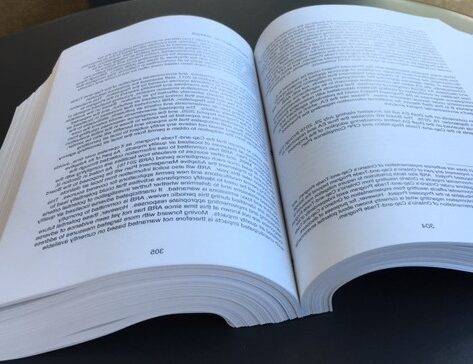
The board did not plan to take any action at Thursday's meeting, and will take the matter up again at future meetings. Meanwhile staff told the board that there is still time to choose an alternative approach before the current scoping plan is completed, and promised a “robust analysis” by spring.
Not everyone spoke against cap and trade. Erica Morehouse of the Environmental Defense Fund reminded the board that cap and trade, in addition to defining overall pollution limits, does something else unique. “It also places a price on polluting and emitting carbon,” she said. “The benefits of that incentive are important, as is creating some flexibility” in how industries adapt to a world where emissions are limited. “We want to see an inclusive set of solutions that includes cap and trade, but also addresses environmental justice concerns,” said Morehouse. For starters, she said, “we should set the strongest cap possible.”
There are several caveats that accompany the equity assessment report. The authors emphasize that it is a preliminary report, studying the early years of a brand-new program that would be expected to require adjustments. It does not cover the transportation sector, which came under the cap-and-trade system after this data was collected—the authors say that will be the subject of its next report. More work needs to be done to fully collect and compare data, say the authors, who struggled to compile data from inconsistent sources. This problem must be addressed, and new legislation, including A.B. 197, may help with that.
The board expects to continue the discussion at its next meeting in October in Fresno.
Streetsblog California editor Melanie Curry has been thinking about transportation, and how to improve conditions for bicyclists, ever since commuting to school by bike long before bike lanes were a thing. She was Managing Editor at the East Bay Express, editor of Access Magazine for the University of California Transportation Center, and earned her Masters in City Planning from UC Berkeley.
Read More:
Stay in touch
Sign up for our free newsletter
More from Streetsblog California
Metro Board Funds Free Student Transit Pass Program through July 2025
Metro student free passes funded another year - plus other updates from today's Metro board meeting
Commentary: There is Zero Ambiguity to the West Portal Tragedy
What happened in West Portal was entirely predictable and preventable. The city must now close Ulloa to through traffic and make sure it can never happen again
Friday’s Headlines
Inspiration from the Bike Summit; OakDOT proposes standards for temporary safety upgrades; San Diego transforms a fast road in Balboa Park; Stockton transit funding is under threat; More
Active Transportation Program Calls for Volunteer Evaluators
Apply to be a volunteer ATP application evaluator by May 10.
